After using various mobile devices for work and moving towards remote operation, today's organizations have realized that enterprise mobility is a must to stay competitive and run a business effectively. The mobile-first strategy is now a priority for most companies in all niches, and enterprise mobile app development has become the #1 trend for the near future. Within the adoption of advanced technologies like the Internet of Things, Artificial Intelligence, Blockchain, numerous smart devices, the functionality of corporate mobile apps has significantly extended. If you are now weighing whether your business needs mobile management, check what benefits a commercial mobile app can bring and what resources you’ll need for its development.
What are Mobile Enterprise Applications?
Before explaining the nature of mobile apps for business, let’s define the enterprise mobility concept. Growing trends in commercial organizations include offering remote working options and using personal mobile devices and laptops with cloud-based technology for accessing big data. Mobility is the key to success in today’s circumstances, as it gives total flexibility, availability, and independence from pandemic isolation.
As recently reported by Mordor Intelligence, the Enterprise Mobility Management market reached $5.79 billion in 2020 and is expected to reach $11.96 billion within the next 5 years.
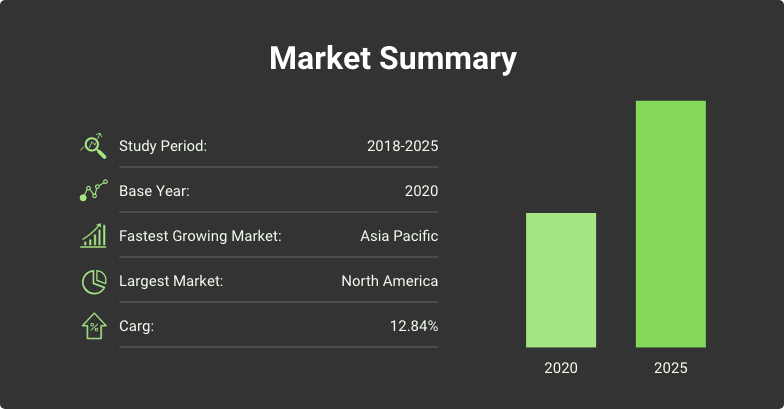
Enterprise Mobility Management market 2020-2025
You can perform any business activity using a mobile app. Enterprise mobile apps for internal use aim to make the work of the entire team and each employee faster and more efficient. For example, it helps to:
manage the employee’s schedule;
arrange and monitor workflows;
establish routine training and meetings;
communicate within the team and with customers;
manage accounting and generate financial reports;
manage production assets;
control logistics; and
manage inventory and supply chain, etc.
The enterprise applications can also target clients and partners. You can create an app that provides effective interaction with customers, gives them mobile access to your services, allows them to make orders, browse the product line, and make payments.
The range of potential functionality is endless. While some ready-made solutions can be adapted for a specific business, most organizations prefer creating custom mobile apps to ensure total corporate data security and complete tailoring towards particular enterprise goals.
Uncover the potential of enterprise mobility for your business optimization.
Discuss A ProjectTypes of Enterprise Apps
The mobile apps for enterprise can hardly be classified by their features, as there are practically no limits to the range of problems they solve. The structure and functionality vary depending on the enterprise's needs, business type, area of operation, etc. Generally, there are three major categories by outreach:
1. Employee Apps
These are applications aimed at boosting the company’s staff productivity and optimizing employees’ management. Such mobile apps help administer tasks, create schedules, direct employees, balance workloads between colleagues, manage workflow changes, notify personnel, etc. These apps also aim to track the working processes, detect weaknesses, promote them, and build more efficient workflows.
For example, an employee mobile app for warehouse staff can help manage parcels, direct a person to the specific package they need to bring to a customer, automate proper records to a database, and give instant access to warehouse information. It is much more efficient than going to a computer each time you need to check the parcel code, location and change the delivery status.
2. Department-specific Apps
This type of enterprise application is aimed at optimization at a higher level. They are tailored to the needs of specific teams inside an enterprise. If the department’s work is related to communication with customers, such apps can also provide the functionality to connect customers with this particular department. For instance, customers can check their parcels’ delivery status from their mobile phone, edit their profile, provide feedback, make online payments, etc.
Department-level mobile applications help isolate different departments’ workflows from each other and differentiate access to commercial information. For instance, an automotive manufacturer’s online marketing department doesn’t deal with any processes of car production, warehouse, supply chain, etc. Automotive engineers and mechanics don’t need access to marketing reports or advertising accounts. Department-level apps help to deploy different logic and technologies instead of trying to invent a one-for-all solution. It is a popular approach among big enterprises with complex structures.
3. Company Network Apps
While different departments within one organization do much work separately, there are still processes that join them. The result of one department directly depends on the results of the other. To solve company-wide problems, unite employees and managers, and perform general company management, enterprises demand company network apps. They help departments and separate specialists effectively communicate together, work on everyday tasks, access various data resources, and perform other actions.
Sometimes the companies prefer to create a complex mobile solution with multi-level access covering all three types listed above. Such an approach is reasonable for small and mid-size companies.
What are the Benefits of Enterprise Mobile Development?
The COVID-19 had a tremendous impact on enterprise mobility, causing accelerated technology adoption towards remote operations and a surge in demand for mobile apps. According to Statista, in 2020, business apps are the second most popular category in Apple App Store:
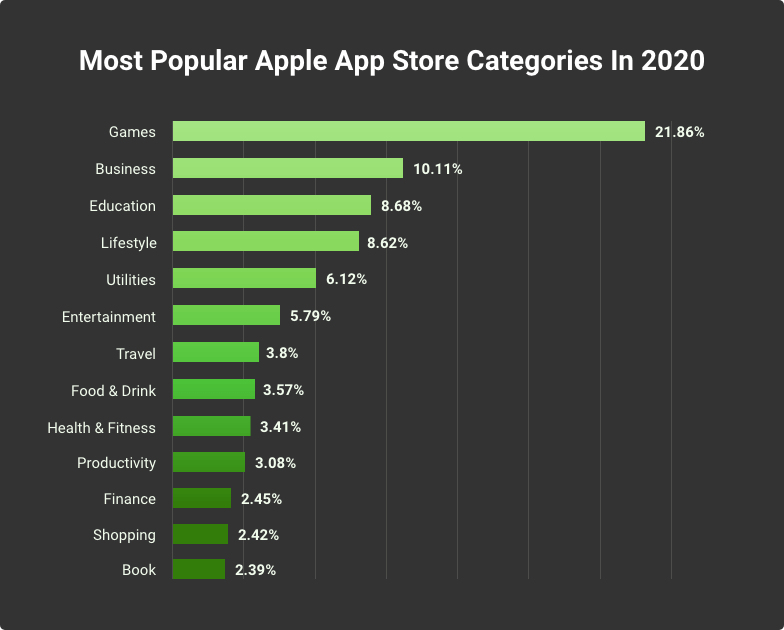
Most popular Apple App Store categories in August 2020
There are two significant advantages of having a mobile app for enterprise operation — accessibility and automation. All potential benefits appear from these two vital functions:
1. Higher Productivity
Having access to all corporate resources in your pocket, you can instantly execute necessary actions, communicate with all company departments, and service customers without delays. It gives the ability to work from anywhere, dedicating every moment to succeeding with work.
2. Real-time Data Sharing
People can request and send documents, reports, and other information instantly from anywhere using a mobile app. You can share any data on-the-go within your working framework.
3. Less Paperwork
There is no need to transfer many papers between employees and various departments, as they always have them in front of their eyes. Mobile apps help in the transition from paperwork to digital document flow.
4. Transparent Accounting and Transactions
Mobile apps help to perform transactions instantly and track all financial activity in real-time. In the case of retail business, it helps streamline customer order processing and automate accounting.
5. Effective Staff Management
Staffing becomes much more manageable and effective, as you can track each employer’s activity in real-time. Integrating automated tracking and load optimization helps balance loads between co-workers more effectively, detecting all possible bottlenecks in work processes.
6. Supply Chain Management
Lots of enterprises deal with planning, distribution, and transportation. Managing the entire product journey on the go, staying connected with all process participants, and having additional controls under executors is what many companies get within mobile apps.
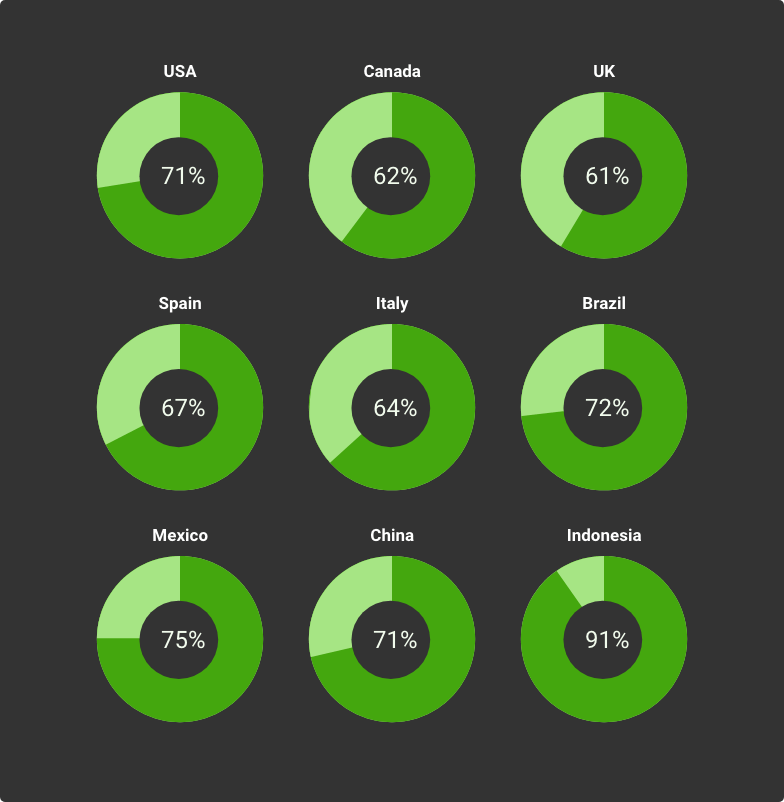
Mobile share of total digital minutes by country, 2020
Considering that 90% of mobile internet time is spent in apps and only 10% in web browsers, a mobile app is a much better channel for improving customer engagement.
How to Prepare a Development Strategy?
There is a widespread misbelief that you can just hire a development provider, and they will create an excellent mobile application for your organization’s needs. However, no one knows your business and understands its requirements better than you. Before you start an enterprise app development, you should figure out what exactly you need. Building a development strategy together with the technical experts should be the initial step. It consists of a few essential stages:
Step 1. Analyze the Current Software Tools You Use
Check all software and services your employees use on all levels, and analyze if they cover all your needs. Find out what’s missing and what can be optimized within mobile software. Companies often start using some tool package initially, but those solutions no longer satisfy the company’s needs as the business grows and changes. Such analysis will help to see the end goal.
Step 2. Set KPIs
Any action in business should have a clear goal determined in numbers. Define your expectations and goals you want to achieve with the future enterprise application. The quantified expression of the desired optimization, automation, and productivity is a must.
Step 3. Consider the Integration With Existing Software
Companies often use ERP, CRM, and industry-specific tools to integrate with the future mobile application. Plan the technology stack to make your mobile app communicate with existing software.
Step 4. Choose the Development Approach
Your future application can be built either on Android or iOS platforms or support both popular mobile operating systems as a cross-platform app. It depends on what platform is preferable for future users. If you choose a cross-platform enterprise application development, consider using ready-made Mobile Enterprise Application Platforms (MEAP) to simplify the technical side of developing required functionality. Each MEAP option has its limitations, so it’s essential to consider if one satisfies your company’s requirements. As a rule, big enterprises decide to go with custom development, as there are no ready-made platforms that completely cover all needs. Another reason is that often it’s easier and cheaper to create an app from scratch than trying to customize some existing tool.
Need professional assistance to create a top-notch enterprise mobile application? Let’s discuss your goals.
Contact UsThe Development Process Stages
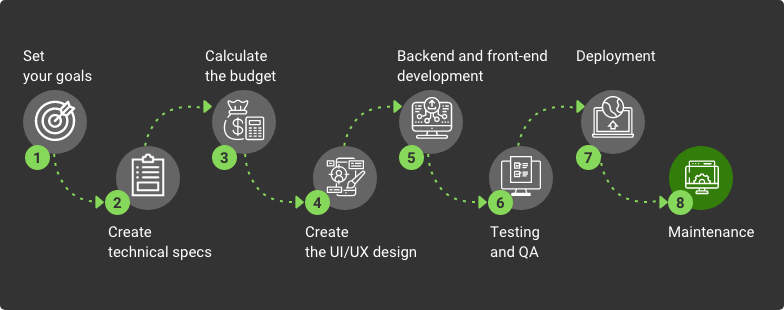
Creating a mobile application is a time- and cost-consuming process with lots of challenges. Usually, the initial app creation is followed by a long period of follow-up revisions and add-ons to achieve the desired result. Success highly depends on how well you prepare and the expertise of your development team. The app-building process has a few stages.
1. Set Your Goals
The first step is translating your business goals to technical languages to understand what work scope and technologies are required to create an application. List the expected features, formulate your expectations and KPIs, and discuss them with your software engineers.
2. Create Technical Specs
The whole scope of the project should be documented and estimated in detail. Specs are usually prepared by technical specialists, including the detailed development roadmap, requirements, UI wireframes, technologies stack, preferred platforms. Creating high-quality, detailed specifications will require proper research from the team. However, it will significantly simplify the app-building process.
3. Calculate the Budget
Once you have the specs documentation, you can get quotes for how much it will cost to create your mobile app. You can request estimates from several development companies. It will help evaluate their expertise and technical capabilities and choose a suitable contractor. It is an initial, rough estimate that can change during the development process. However, experienced teams usually include the potential difference between initial and final cost into their quote, informing a client about potential challenges that can extend the required budget.
4. Create the UI/UX Design
After the wireframes and other specs are ready, it’s time to think over the future app’s user interface and logic. UI/UX designers often create a few look-and-feel variations or work on one variant iterating the process based on the client’s feedback after each round. Such practice helps to work out the UI/UX design in detail and achieve flawless interaction with the client.
5. Backend and Front-end Development
This step is the longest and the most challenging one. Often complex enterprise mobile apps take a year or longer to build the initial version with further testing and various improvements. Intelligent project management is the key to successful delivery. The entire development process should be appropriately divided into phases with timely reporting and deliverables. Depending on how big your development team is, it is possible to program separate app elements in parallel to speed up the process if you have a rigid time frame.
6. Testing and QA
This step is often a part of the previous one, as each piece of the app is usually tested right after the code is written. However, after the entire codebase is ready, there is another round of testing from the technical side and testing the app by your employees (Beta testing). Testing by real users often helps get valuable insights for improving the app usability, optimizing its work, and training employees to use the new tool before the final release. The application undergoes a few rounds of changes and fixes based on their feedback until it is ready for release.
7. Deployment
Once the development and testing stages are done, it’s time to install the app on your employees’ devices and start using it in their work. If you’ve created an enterprise application for your customers, you should publish it on app markets to make them available for download. Usually, these are Google Play Store for Android and App Store for iOS versions. After your app is released, you’ll begin getting feedback and can further improve the product based on that.
8. Maintenance
Mobile applications for enterprises are changing with the enterprise itself. As needs and processes change, those changes should be integrated into the app to keep it efficient and useful. It is an optional yet highly recommended step to keep your product up-to-date with the market requirements. Often the app requires some technical maintenance due to the growing workloads, audience, and increasing security standards. That is why the development process may continue after the app release.
Would you like to evaluate your goals for enterprise mobile development? Let KeyUA translate your corporate needs to a technical language.
Request A QuoteApproaches for Enterprise Mobile Application Development
There are four most popular approaches for mobile enterprise development. The choice depends on your organizational structure, goals, and technical aspects of the future app.
#1 Native App Building
It is a mobile OS-specific development for creating applications for a particular operating system like iOS or Android. If you need to support both, you have to develop two separate applications with the same logic and features. Both mobile app companies, Apple and Google, offer their own development tools, libraries, SKD, and UI guides. There are a few advantages of the native mobile app development approach:
Higher performance
Better security compared to cross-platform apps
Platform-specific UI implementation, higher usability
Total support of OS-specific features
Provides more sustainable app versions
#2 Cross-Platform App Development
This approach allows creating one single application that will work on both platforms, iOS and Android. It is a less time-consuming alternative to native app development, as there is no need to build separate apps for each platform.
To create cross-platform mobile applications for enterprise needs, developers use specific frameworks. Some of them are based on .NET/C# or JavaScript. The most popular cross-platform tools have broad active communities for support and training. Continually evolving, they are still a bit behind mobile OS updates. Upgrading such apps can cause support issues with the latest mobile OS versions. They can require serious code rewriting. However, we cannot ignore the advantages of such an approach:
Faster and cheaper implementation
Reusable source code
Quick time to market
#3. Hybrid Development
It is a type of cross-platform mobile app development that implies developing the app core based on standard web technologies like JavaScript, HTML5/CSS with further execution within a native shell. As a result, you get a product that is as fast as a standard web app and has a UI similar to a native app. Again, it utilizes the same code base for all platforms. Other advantages include:
Lower budget for development
Faster time to market
A native-like user experience
Code portability
Access to device hardware components for developing hardware-dependent features
If you want the fastest possible delivery, and your future application doesn’t imply complex functionality, you can try the RMAD approach. It stands for Rapid Mobile App Development and implies using low-code or code-free tools to program simple mobile applications. All functions and features are declared on the front-end, while the backend translates the specs into code. Such development methodology is based on little planning, recyclable software components, and initial prototyping. The advantages include:
Smaller investment
Low development complexity
Low-code development
Reusable code base
However, this technology is seriously limited in functionality and is more suitable for small, simple apps.
TOP Development Platforms and Tools for Enterprise Mobility

There are dozens of tools and software assisting developers in mobile apps creation. Choosing the right development toolkit can significantly streamline the process. They help optimize the budget and timeframe required for development and often have better code quality and structure.
The most popular tools for native mobile development in 2021 include:
Xcode
Android Studio
AppCode
The most popular native development programming languages include:
Swift for iOS
Java or Kotlin for Android
C# for Windows Phone
There are also multiple tools and frameworks for cross-platform enterprise mobile development available on the market. To name a few:
React Native
Xamarin
Adobe PhoneGap
Ionic
MobiLoud
Ninox
NativeScript
Onsen UI
Appcelerator
Low-coding platforms help to minimize the amount of coding required while allowing all necessary customizations. The most popular solutions in this category are:
OutSystems
Fliplet
TrackVIA
AppSheet
Quick Base
BuildFire
Choosing the right tools requires professional expertise and in-depth analysis of your needs. Usually, the toolset is defined after all project specs are clarified.
Takeaways
Today’s organizations in every industry heavily rely on mobility. It is a fundamental approach to staying flexible and competitive in the current conditions of the world’s economy and social organization. Transferring the part of functions and workflows to an enterprise mobile application can significantly improve effectiveness and performance, making the commercial operations device-independent. To turn such potential into tangible benefits, get a highly competent development team with in-depth mobile enterprise app building experience.
KeyUA software engineers will be happy to turn your ideas and requirements into a comprehensive mobile application using the latest digital technologies and approaches. We are here to assist in every stage, starting from initial project estimation, wireframing and specifications, and finishing with delivering the top-notch mobile software for your organization. If you are looking for agile enterprise mobile solutions tailored to your business ecosystem, you can rely on our experts.
Take your enterprise to a new level with the robust mobile application from our expert developers.
Discuss Your ProjectComments
Leave a comment






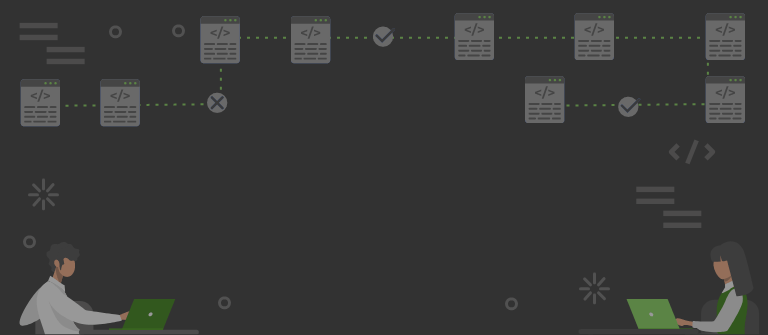

 Unit 1505 124 City Road, London, United Kingdom, EC1V 2NX
Unit 1505 124 City Road, London, United Kingdom, EC1V 2NX

Maria says04/12/2021 1:51 PM
Good post